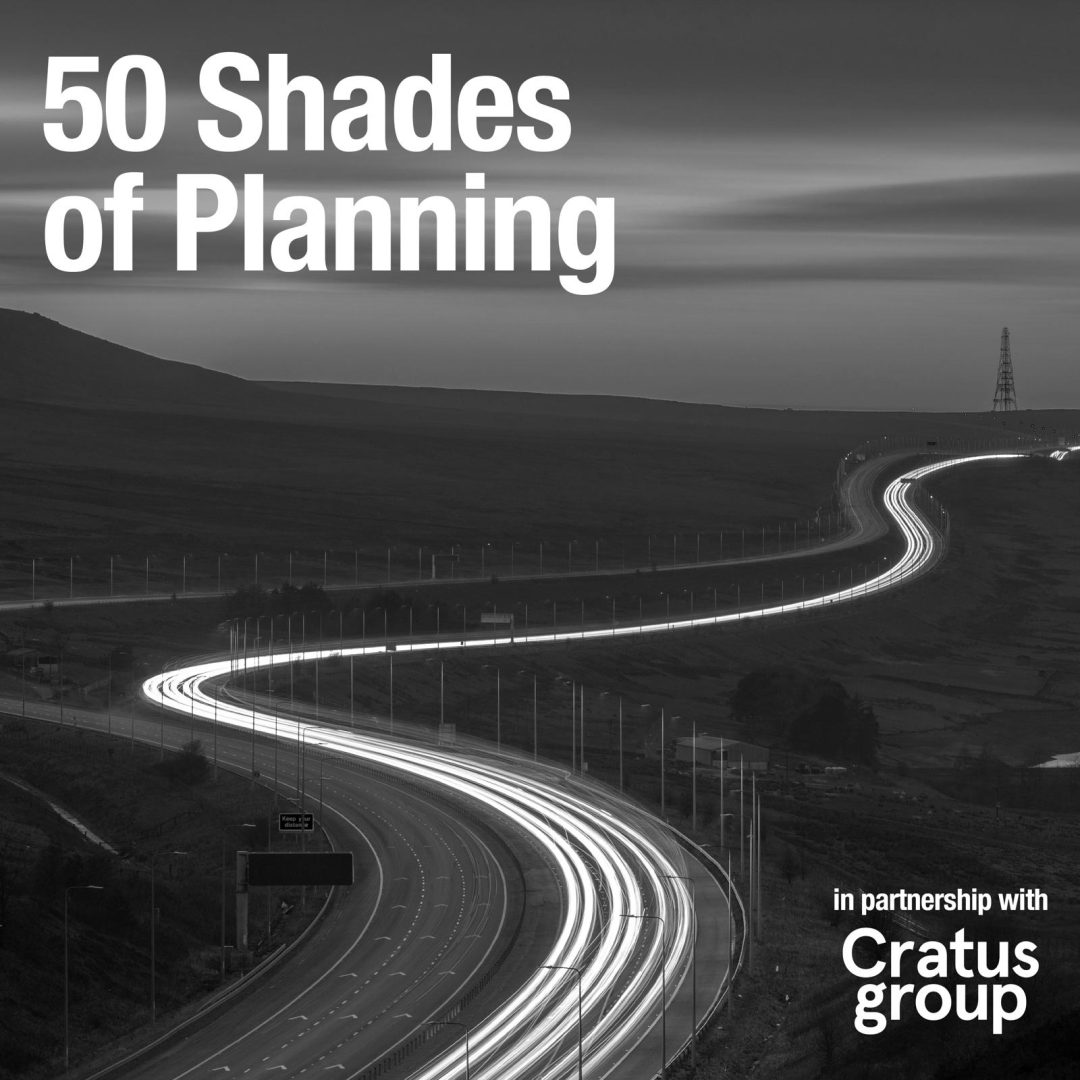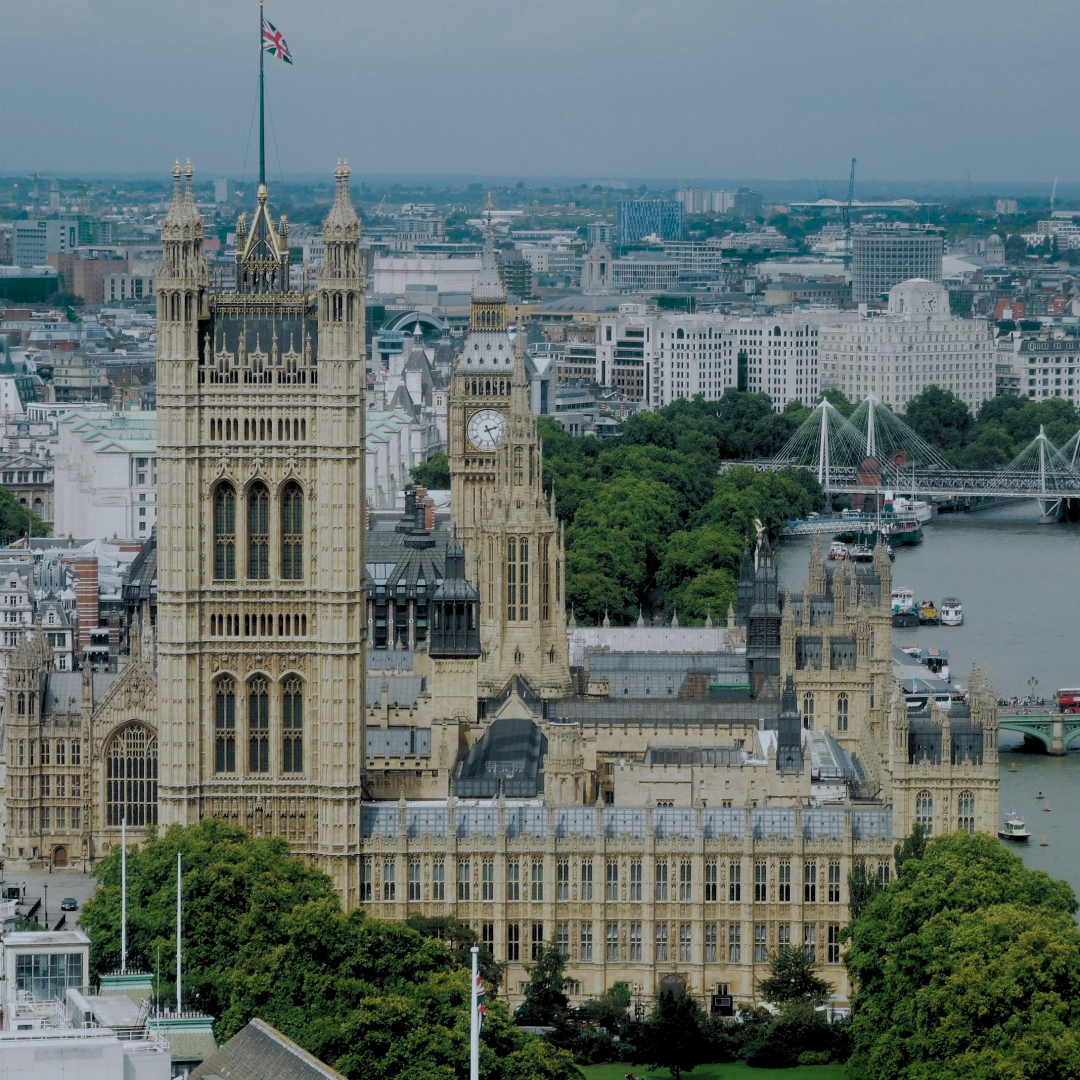Planning policy under a Labour government
So, is it “Build Baby Build”, “Stop the Developers’ Charter” or something in between?
Following the May local elections and the heightened probability of Labour forming the next government, all eyes are on the Party’s plans for housebuilding. Few people now dissent from the obvious view that the country simply hasn’t built enough houses in recent decades and doesn’t look likely to do so any time soon.
Since its flirtation with national Nimbyism in the summer of 2021, when Sir Keir Starmer’s Labour Party issued a series of speeches and adverts opposing the government’s soon-to-be scrapped proposals to reform the planning system, Starmer and his shadow secretary of state for housing Lisa Nandy are now fleshing out ideas to increase housebuilding. Just two years ago the government’s plans were branded a ‘developers’ charter’ and the Labour Party’s social media content was briefly dominated by photos of idyllic rural scenes that would be lost to housebuilding if the government’s plans went through.
At the (virtual) LGA Conference in 2021 Nandy’s predecessor Steve Reed lambasted the government’s proposed reforms saying “…the problem isn’t the planning system – if there’s a problem … (it is) developers … sitting on rising land values.” This is the old argument, devoid of much substance and still clung to by many, that the required planning permissions are being granted but the houses still aren’t being built because of ‘land banking’ and that therefore, the planning system is generally fine as it is.
Fast forward nearly two years and there does seem to be a new approach taking shape. At the Labour Party conference last year Nandy pledged to end the ‘racket’ created by the Tories that has left so many languishing on waiting lists and which has incentivised speculation and profiteering. Her solution is to restore social housing to the second largest form of tenure in the country (behind owner occupied). It’s a laudable enough aim and it’s also true that the country hasn’t hit the 300,000 new homes target since council housebuilding rates fell off a cliff edge in the eighties and nineties.
This doesn’t answer questions about where the homes will be built or how the council housebuilding programme will be paid for though. That detail is now starting to be added.
Both Starmer and Nandy have spoken recently about the dream of home ownership having been killed by the current government and notable policy announcements include relaxing planning restrictions in the green belt and giving local development authorities the power to buy up land using compulsory purchase orders at a fraction of its potential cost by abolishing the need for factoring in ‘hope value’. The local development authorities would be able to force landowners to sell at agricultural values rather than the vastly higher amounts that land with planning permission for new homes would attract. This is an eminently sensible move that should have happened in some form many years ago. At the moment the cost for councils of a compulsory purchase is generally far too high to justify undertaking.
With regard to releasing green belt land Nandy has written persuasively about strategically releasing the low-quality land – such as car parks, that is currently protected by green belt regulations. Alongside this Starmer has confirmed that the 300,000 new homes target will be reintroduced. No one appears to have asked yet whether the new council houses would be included in the target or in addition to the 300,000.
Is this all realistic and to be believed? The volte face since 2021 does bring the sincerity in to question. The Labour Party under Starmer is also intent on giving ‘back control’ to local communities through powers handed down to them and their local planning authorities. Sceptics who have sat through many planning meetings where communities across the country have frequently turned out en masse to protest against housebuilding will need some convincing that newly empowered communities will suddenly rise up in favour of housebuilding after the election of a Labour government.
Starmer and Nandy’s explanations of how they will square these circles leave room for improvement. In recent interviews both have fallen back on the tired accusations against developers of land banking with little in the way of compelling evidence to demonstrate that there is any great substance behind them. In a recent article Nandy added that ‘(people) don’t want luxury homes’ – a questionable statement unless I’m only person in the country who quite fancies the idea of a luxury home in which to raise my family.
And what of the wider Parliamentary Labour Party? Will they support the front bench’s approach to boosting housebuilding? No sooner had Starmer made his comments about releasing green belt land than his former shadow cabinet colleague and now frequent critic John McDonnell burst out of the starting blocks to argue in favour of retaining the green belt protections in areas such as his outer London constituency. Meanwhile, Will Lloyd writing in the Times has highlighted cases of Labour MPs such as Rupa Huq who frequently prove to be every bit as Nimby as Conservative MPs like Theresa Villiers and Bob Seely. Huq has recently campaigned against building high rise blocks in her constituency to preserve the character of Ealing and invited ridicule on social media recently by welcoming the requirement for a ‘snooker needs assessment’ before a new housing development could be considered on the site of a dilapidated building that currently houses a snooker hall.
Lloyd concluded that Labour is no more likely than the Tories to build the new houses that the country so desperately needs. Between 1997 and 2010 the country had three terms of Labour government and housebuilding, including council housebuilding, was no higher then than it has been since 2010, so credibility needs to be won.
Time, and the outcome of the next general election, will tell. The likelihood is that there will be a Starmer led government in two years’ time and his proposed reforms, providing we have a fair economic wind, ought to make some difference. The Labour Party is shifting to some sensible positions on housebuilding. The industry would be wise to take note.
1 June 2023








